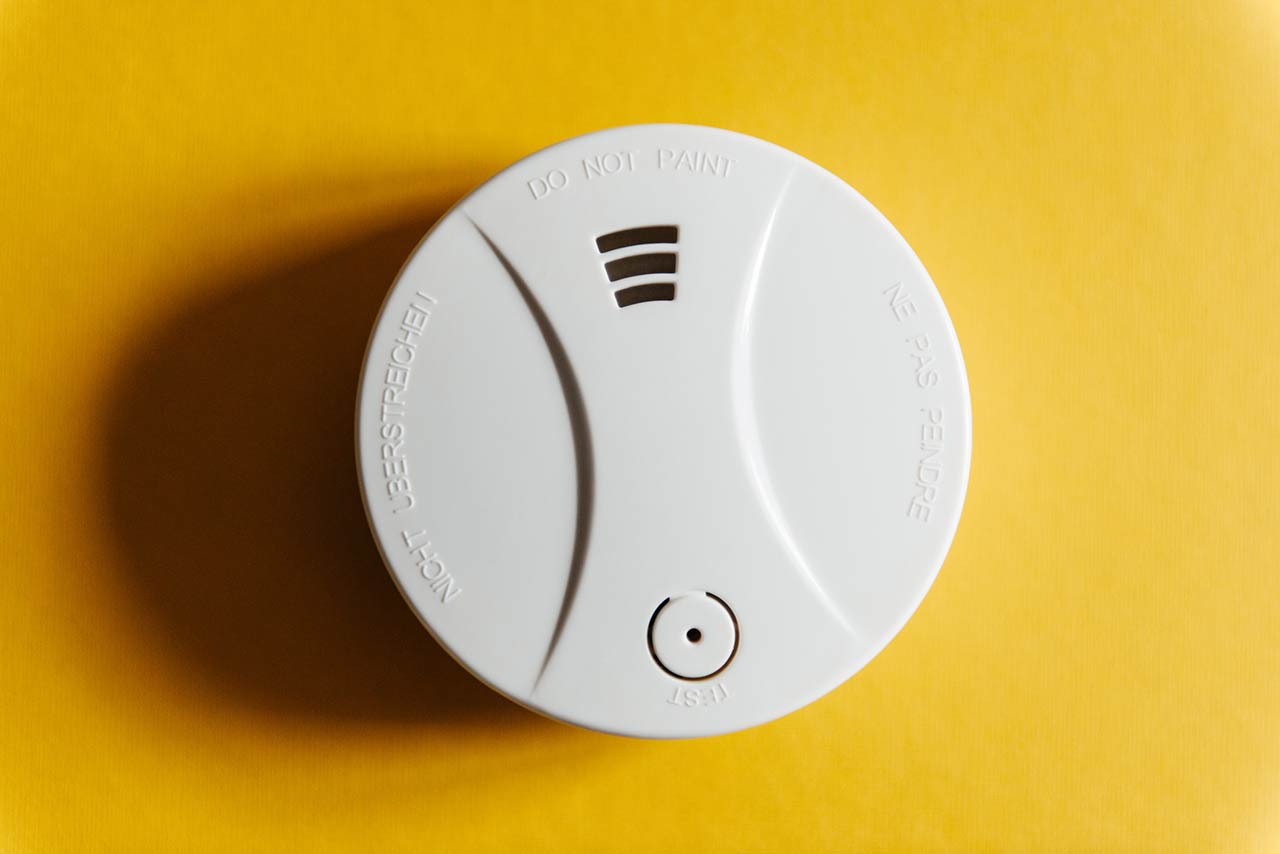Common Code Violations Made When Renovating

Homeowners who are trying to cut costs frequently attempt to handle their home renovation projects on their own. While that might work just fine for simpler tasks, it might go horribly wrong for more challenging ones. DIYers need to be skilled with these tasks as well as knowledgeable about construction codes.
In addition to potentially costing you more in the long run, breaking these codes could put your family in danger. Here are a few of the most frequent code infractions committed by DIY house renovators.
Not Getting a Building Permit
One of the biggest and most common mistakes homeowners make when renovating their homes is failure to apply for a permit. Why? Well, they cost money, and they require a trip to city hall. Many homeowners simply want to bypass these little annoyances. They think, who’s going to know?
Sure, there’s a good chance that no one will find out that you worked without a permit. However, if you ever sell in the future, you’ll probably be asked if you got one when you remodeled. If not, it could affect the salability of your home.
You might be asked to fix any issues (that will cost you extra cash) before buyers are willing to put in an offer on your home. And if the buyers finds out about the lack of permit after they move into your home without being notified up front, you could be slapped with a lawsuit.
Besides that, a permit is important because it’ll help ensure that any improvements you make on your home are safe. Permits also help you remain compliant with the most up-to-date regulations like energy-saving measures.
Do yourself a favor and check with your local building authority to find out if a permit is needed for the job you plan on doing in your home.
Not Venting Bathroom Fans to the Outside
If you’re planning on renovating your bathroom – or adding a new one – adding a vent fan is a must, considering all the moisture that can quickly and easily build up in these small spaces. Although, a lot of homeowners fall short by venting directly into the attic, and stopping there.
If you don’t vent the fan all the way to the outside of the home, all you’re doing is transferring the moisture from your bathroom into the attic, causing rot and mold to develop. To avoid this ugly scenario, you’ll need to vent the air to the outdoors via a vent pipe that’s 4 inches in diameter.
Adding a Basement Apartment Without Necessary Egress Windows
Whether the in-laws are moving in, your kids want their own space, or you want to rent out the basement for extra income, revamping the basement into a self-sufficient quarters is a great idea. How you finish it, is what’s important.
Creating a basement apartment isn’t just about throwing up a couple of walls, adding a bathroom and kitchen, and finishing the flooring. There’s also the issue of egress windows that must be addressed.
According to code, any room that’s considered a bedroom needs to have an egress window that’s a minimum of 20 inches wide by 24 inches high. The opening needs to be at least 5.7 square feet so that it’s large enough to allow an adult to climb out of should a fire or other emergency occur where it’s impossible to escape from any other exit.
Not only that, but you’ll need to take steps to make sure that water isn’t able to seep into the basement through the window, which is why you’ll need a water well on the outside of the window.
Without an adequate egress window, you can’t call the room a bedroom, which could throw a wrench into your plans to market your home as one with a “separate basement apartment.”
Placing Smoke Alarms in the Wrong Places
Just about every homeowner understands how critical it is to have smoke alarms installed in the home. But did you know that there are exact spots that they need to be placed in according to code?
That’s right. You can’t just randomly plop a smoke alarm wherever you feel like. Considering their lifesaving roles, smoke alarms need to be given enough space, and should be placed far enough away from air ducts so they’re not affected by any circulating air. If not, they might not be triggered in time should a fire ensue.
Smoke alarms also need to be placed on each floor of the home; and in newer homes, they must be hard-wired with a back-up battery.
Insufficient Electrical Work
Electrical wiring that’s not installed properly can really pose a hazard. That’s why you might be better off calling in a licensed electrician to do the job for you if you haven’t got a ton of experience in this department.
One of the more common wiring mistakes is not using the correct size circuits. According to code, 15-amp circuits are needed for light fixtures, and 20-amp circuits are needed for receptacles.
Splicing wires without the presence of a junction box is another common faux pas. You can’t just splice wires together with some wire nuts and electrical tape – every wire connection needs to be inside a proper junction box, which should be visible and accessible.
The lack of ground-fault circuit interrupters (GFCI) is another no-no. GFCIs are necessary for any circuit that serves a space where there’s water, like the bathroom, kitchen and laundry room.
Code violations typically happen when homeowners are trying to save a buck. While this might be OK for smaller jobs, tasks that are much bigger and in-depth definitely need to follow proper code regulations. If not, you could wind up spending a lot more down the road to rectify the scenario if things go awry.



